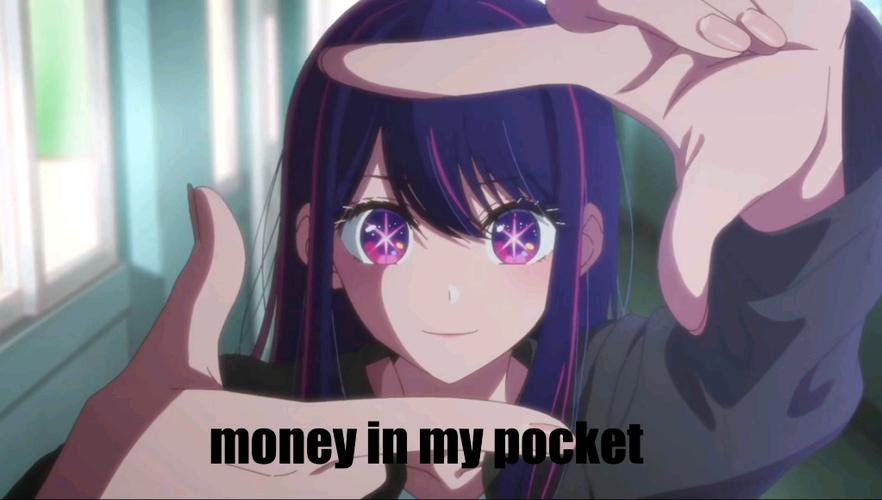
Understanding Money in Game
Have you ever wondered about the intricate world of money in games? Whether you’re a casual gamer or a hardcore enthusiast, understanding how money functions within a game can significantly enhance your experience. In this article, we delve into the various aspects of money in games, exploring its origins, uses, and the impact it has on gameplay.
Origins of In-Game Currency
In-game currency, often referred to as “money in game,” has its roots in the early days of gaming. Initially, it was a simple concept, representing the player’s progress and achievements within a game. However, as gaming evolved, so did the role of in-game currency.

Today, in-game currency serves multiple purposes. It can be used to purchase items, unlock new levels, or even influence the game’s narrative. The origins of this currency can be traced back to the arcade era, where players would earn tokens to play games. These tokens were essentially the precursor to in-game currency.
Types of In-Game Currency
There are several types of in-game currency, each with its unique characteristics. Here’s a breakdown of the most common ones:
| Type of Currency | Description |
|---|---|
| Real Money | Players can purchase in-game currency using real money. This is often referred to as “microtransactions.” |
| Virtual Currency | Virtual currency is earned through gameplay or purchased using real money. It can be used to buy items or services within the game. |
| Game Points | Game points are a form of virtual currency that can be earned by completing tasks or challenges within the game. |
| Coins | Coins are a common type of in-game currency used to purchase items or services within the game. |
Uses of In-Game Currency
In-game currency is used in various ways, depending on the game. Here are some of the most common uses:
-
Purchasing Items: In many games, players can use in-game currency to buy items such as weapons, armor, or cosmetic enhancements.

-
Unlocking Levels: Some games require players to spend in-game currency to unlock new levels or content.
-
Customization: In-game currency can be used to customize characters, vehicles, or other game elements.
-
Accessing Services: Some games offer premium services that can be purchased using in-game currency, such as faster loading times or exclusive events.
The Impact of In-Game Currency on Gameplay
The presence of in-game currency can have a significant impact on gameplay. Here are some of the ways it can influence your gaming experience:
-
Leveling Up: In many games, players can use in-game currency to speed up the process of leveling up their characters.
-
Competitive Advantage: Players who have access to more in-game currency may have a competitive advantage over those who do not.
-
Game Balance: The presence of in-game currency can sometimes disrupt the balance of a game, as players may feel compelled to spend real money to gain an edge.
Conclusion
Understanding the role of money in games is essential for any gamer. Whether you’re looking to enhance your gameplay or simply curious about how in-game currency works, this article has provided a comprehensive overview of the subject. By familiarizing yourself with the various types of in-game currency and their uses, you can make the most of your gaming experience.


